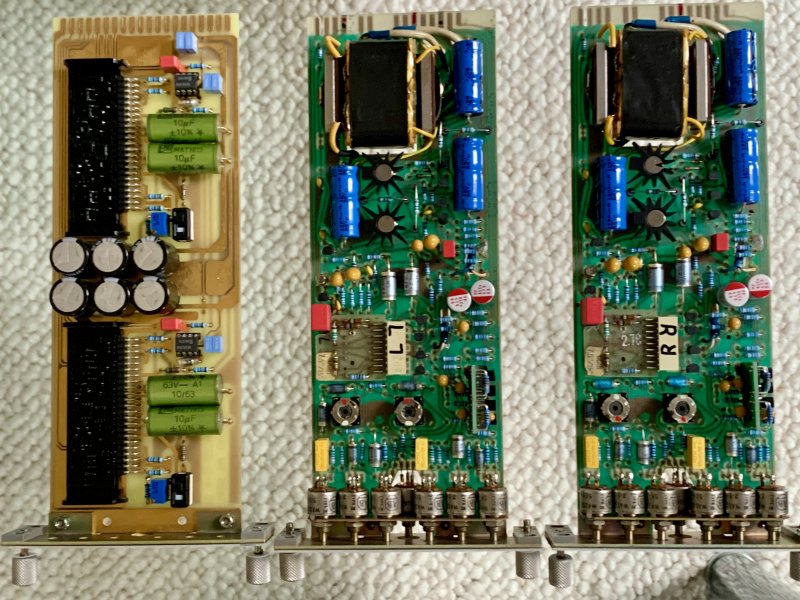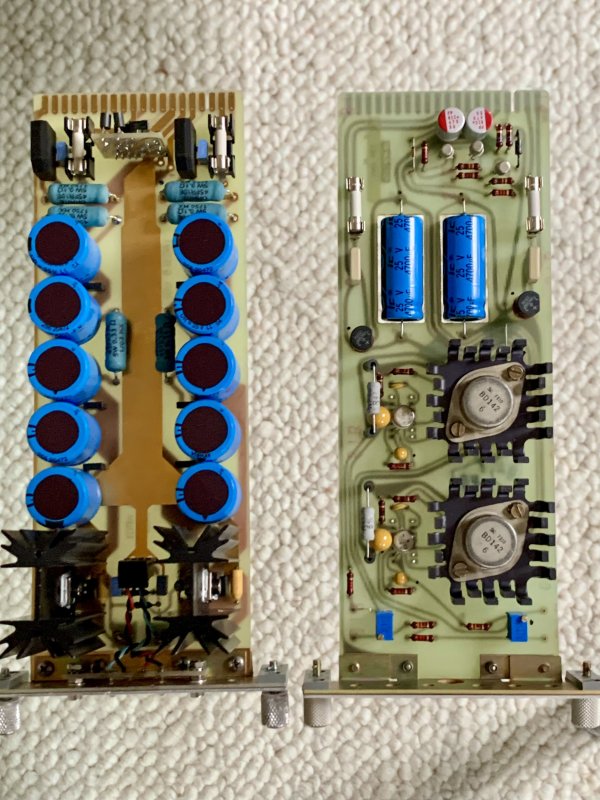Duly noted with thanks. If I am not mistaken, Charlie has challenged you on this assertion ;-) My tech who has been working for more than 40 years on Studer and Nagra machines is not of the same opinion either.
Being not myself a tech, I will certainly not challenge you considering your background as a manufacturer of high end audio electronics but you will appreciate that I trust the guy who is taking care of my tape decks.
I also put my Nagra IVS/QGB into the comparison but both the Studer and the AAD are better than the Nagra. The Nagra does not have butterfly heads...
Being not myself a tech, I will certainly not challenge you considering your background as a manufacturer of high end audio electronics but you will appreciate that I trust the guy who is taking care of my tape decks.
I also put my Nagra IVS/QGB into the comparison but both the Studer and the AAD are better than the Nagra. The Nagra does not have butterfly heads...



